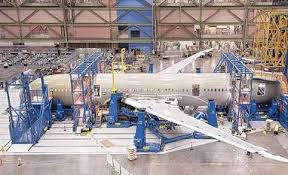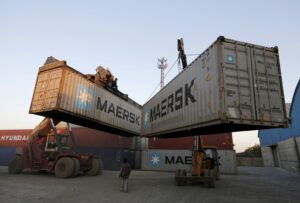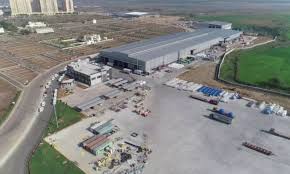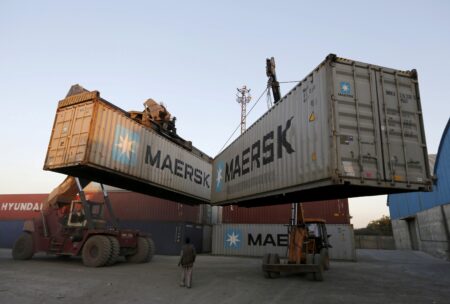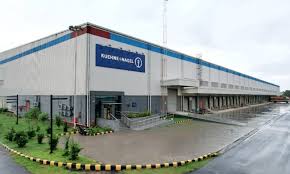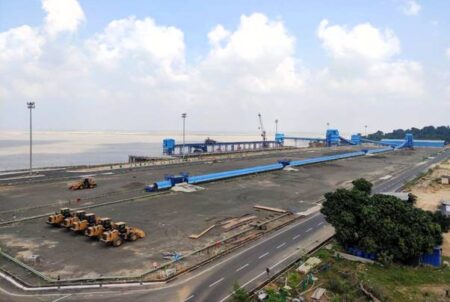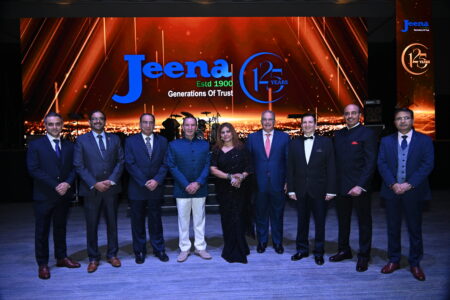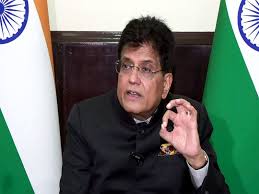AI-driven logistics, improved connectivity via IoT and partnerships, sustainable practices, Gati Shakti’s transformative potential, and technological integration are crucial for optimal supply chain efficiency in India’s evolving logistics sector.

AI, connectivity, sustainability, Gati Shakti, and tech integration drive India’s logistics growth
Mahendra Shah, CMD, V-Trans, emphasises the necessity of adopting predictive analytics-driven logistics planning from global markets. He highlights the use of AI and big data to optimise inventory and enhance last-mile efficiency. “By integrating AI-driven demand forecasting, India’s logistics sector can reduce transit delays,” Shah states. Conversely, he praises India’s Unified Logistics Interface Platform (ULIP) under the National Logistics Policy (NLP), noting its comprehensive digital integration as a unique advantage, providing a seamless data flow across the sector.
Connectivity challenges
Shah identifies inefficient first- and last-mile connectivity as a significant roadblock. He advocates for strengthening road and rail infrastructure, developing multi-modal logistics parks, and adopting IoT-based tracking. “To address this, strengthening road and rail infrastructure, developing multi-modal logistics parks, and adopting IoT-based tracking for real-time visibility are crucial,” he advises. He stresses the role of public-private partnerships in enhancing these connections. Effective connectivity ensures faster and more reliable operations, directly impacting cost efficiency and delivery times, vital for competitive trade.
Sustainable practices
Shah asserts that sustainability and efficiency are complementary. He suggests integrating alternative fuel and electric fleets, carbon-neutral warehousing, and IoT-driven route optimisation. “Sustainability and efficiency are not conflicting goals but complementary forces,” he notes. The adoption of CNG and electric vehicles, coupled with smart warehouse management, demonstrates commitment. He also emphasises the importance of government incentives and industry collaboration, ensuring a balanced approach to economic and environmental goals.
Gati Shakti impact
Shah views the PM Gati Shakti initiative as a game changer, enhancing visibility and infrastructure planning. He predicts reduced lead times and streamlined multimodal connectivity. “The PM Gati Shakti initiative is a game-changer for Indian logistics,” he states. He highlights the impact of dedicated freight corridors (DFCs) and MMLPs in reducing transit times and attracting foreign investment. This integration will significantly improve India’s position in the global supply chain, fostering economic growth.
Operational efficiency
Smart logistics initiatives, such as next-day and time-bound express cargo solutions, have improved trade efficiency and reduced supply chain costs. The use of route optimisation technology and AI-driven dispatch scheduling has reduced transit times. Automated freight management and IoT-enabled tracking have minimised risks and improved customer confidence. “These initiatives demonstrate the direct impact of smart logistics on operational efficiency,” he concludes, showcasing the tangible benefits of technological integration in enhancing trade.


